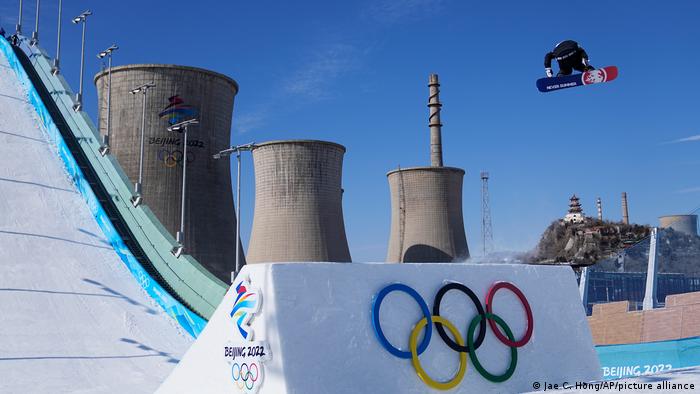A Republican candidate running for Congress said college graduates become "radical, leftist, hating-America atheists."
The comments came from candidate Christian Collins, who is running for Texas' 8th Congressional district.
Collins has been endorsed by Sen. Ted Cruz, Rep. Marjorie Taylor Green, and Rep. Madison Cawthorn.
A Republican House candidate on Sunday called college students graduates "radical, leftist, hating-America atheists."
Christian Collins, a Republican running for Texas' 8th Congressional district, made the remarks at an "America First Rally" in Texas, which was also attended by Reps. Marjorie Taylor Green of Georgia and Madison Cawthorn of North Carolina.
"We know how important the youth are to our future because you can raise them the right way. You can work your butts off every day to put food on the table, sent them to college, and then what ends up happening?" Collins said from the stage at the rally in the Woodlands.
"They go off to college not knowing what they believe sometimes, and their teachers, their professors, try to deconstruct everything that you've taught them. And they go off with the college that you paid for and come out radical, leftist, hating-America atheists, and they don't have any usable skills to get employed," Collins continued.
In previous political ads, Collins said he is committed to banning critical race theory from schools. He also founded the Texas Youth Summit, which he said trains young people "to promote principles of fiscal responsibility, free market, limited government, American Exceptionalism, and the Judeo-Christian principles this country was founded upon."
Collins has endorsements from high-profile conservatives, including Taylor Green, Cawthorn, and Texas Sen. Ted Cruz.
According to his campaign website, Collins is the former campaign manager and advisor to Rep. Kevin Brady, who currently holds the TX-8 seat and is retiring.
While the district seat is likely to remain Republican, there are other top contenders for the seat. Candidate Morgan Luttrell recently got a six-figure ad from the Congressional Leadership Fund, a top PAC for Republican candidates, Fox News reported.
Collins attended The University of Texas, where he received a bachelor's degree; he also received a master's from Liberty University.











